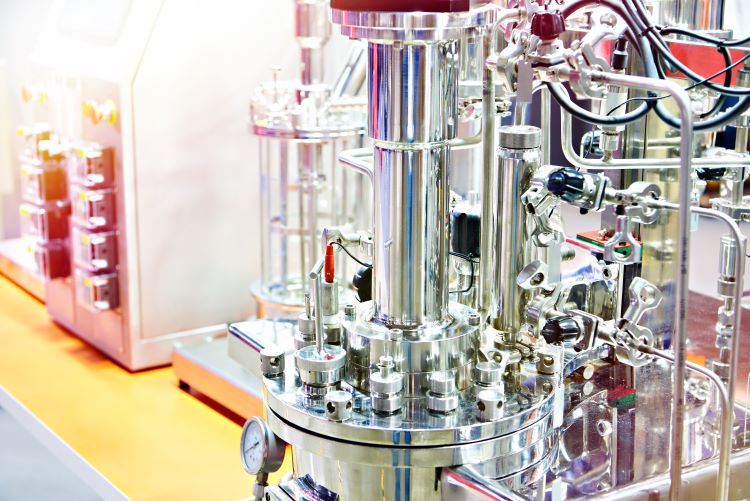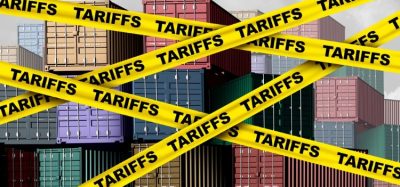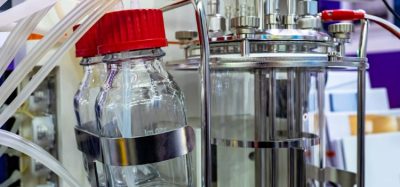CPHI report predicts biologics outsourcing to surge in 2023
Posted: 27 October 2022 | European Pharmaceutical Review | No comments yet
Report out ahead of CPHI Frankfurt predicts ‘biologics outsourcing to surge in 2023, as China’s innovation engine stalls.’


Ahead of the world’s largest pharma event, CPHI Frankfurt – hosted at the Frankfurt Messe (1-3 November, 2022) – part i of the CPHI Annual Report looks ahead at the opportunities for biologics outsourcing and contract manufacturing organisastions (CMOs) in 2023.
Having already benefitted from a COVID-based boom in the last two years, outsourcing of biologics globally is set to continue growing significantly in 2023 – with no production cliff expected [as COVID contracts reduce in scale].
The report’s authors identified that nearly 36 percent of biopharma companies will be increasing their spending on outsourced R&D or biomanufacturing over the next 12 months. Average budgets for outsourcing at individual facilities also remain relatively steady, growing by a weighted average increase of 12.8 percent in 2022.
These new findings present an extremely optimistic outlook for biologics manufacturing and CMOs as the industry prepares for a near record event at CPHI Frankfurt and BioProduction, with pre-pandemic numbers of pharma executives expected to attend. The report identifies access to talented R&D and CMC personal as the main potential headwinds to market growth – particularly for cell and gene therapy innovators – and predicts an ongoing cooling of China’s bio innovation engine.
Orhan Caglayan, Brand Director at CPHI Frankfurt commented: “Bioproduction has seen some massive achievements in the last few years with [COVID-19], and there is increased need for outsourcing globally. This bodes well for exhibitors at CPHI and that is why we see such excitement around partnering. CPHI is at the heart of pharma, and we are encouraging attendees to maximise the value of their attendance by using our platforms to centralise the required learnings, contacts and insights ahead of time. By doing so, they will be able to grow more quickly in the next year.”
Featuring detailed insights from two BioPlan Associates analysts – Vicky Xia and Joel Ranck – the data points to ongoing efficiency improvements in manufacturing globally, a continued trend towards automation, and a medium term easing of capacity constraints as new manufacturing is built and the lessons from rapid Covid vaccine scale-ups are retained.
Commenting on whether capacity constraints will be felt evenly in different phases of development, BioPlan’s President and Managing Partner, Eric Langer, added: “There is likely to be sufficient bioprocessing available at smaller (early) scales, including multiple CDMOs that are offering shorter wait times and strategies for using single-use technologies. Over the next three years, we will see a normalisation of the supply chain, and additional build out of capacity. The real challenge will continue to be having access to human capital, trained and skilled staff with the quality expertise required to manufacture at GMP. Further, as demand for skills grow (with the expansion of cell and gene therapy pipelines, and growth in Asian biopharma), the challenges of hiring and retaining good staff will become more acute. Large-scale (late phase and commercial), will face similar challenges for hiring, but there will still be options available for physical capacity for bioproduction, especially as COVID contracts reduce in volume.”
The report also identified China’s much feted bio market as one that is going through a gradual ‘maturation stage’, with relatively lower growth rates likely in the next few years. Investors in China are also now more discerning and looking to invest in true first-in-class biopharmaceuticals. For a market dominated by biosimilars and biobetters this means a cooling of valuations and gradual structural changes.
Vicky Xia, suggested that “Despite all the excitement, China still lags behind US, EU and Japan in innovative drug development. Most, if not all, innovation which has taken place in China’s biopharma sector are ‘fast-follow’ or belong to ADC and bi-specific categories, instead of ‘first-in-class’ biotherapeutics. The industry is, of course, making adjustments as its market prospects change, and biotechs are now considering the out-licensing model for revenue – letting go of their ambitions to become full-fledged biopharmas.”
One indirect consequence of the transitioning domestic biologic market is the availability of CMO capacity for development, So, looking five-years ahead, the report’s authors predict there will be around 10 BLAs per year in China.
Areas identified for the needed transformation towards true first in class biopharmaceutical innovation were increased target-related basic life science research and translational research, with the latter being an especially weak link at present. Meanwhile, China may still need to further recruit interdisciplinary talents (clinical research, pharmacology) from US/EU to properly empower the growth of its bio industry.
Efficiency and manufacturing advancements will also continue apace in 2023 and beyond, with titres improving year on year. In the report some 50.4 percent of vendors were identified as working on automation, and single use adoption has never been higher, with 62.9 percent using it in upstream clinical production (up from just 45.0 percent in 2021).
Langer added: “Automation and Single Use Systems cut demand for trained staff, reduce costs, and enable both small and large scale bioprocessing. So, yes, we’ll see more, especially as so many suppliers are working to improve and integrate automation at so many steps. In the next three years, we’ll see gradual adoption.”









